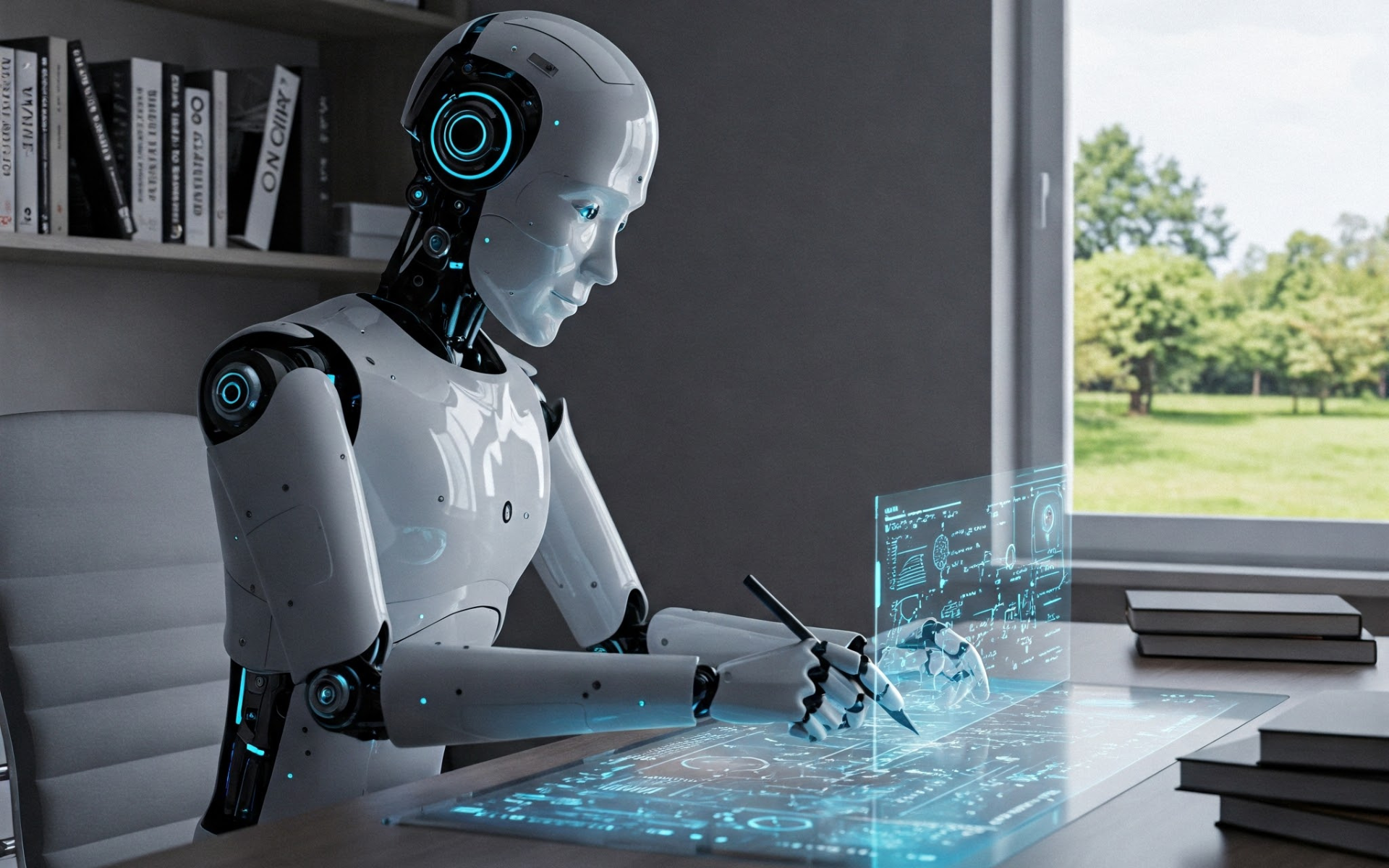
Promised tech that never came
Every era has its prophecies. The 1950s imagined flying cars. The 1980s swore we’d live inside cyberspace. The early 2000s promised us household robots doing laundry and 3D printers revolutionizing our kitchens. And yet, many of these promises vanished like soap bubbles. Today, we’re surrounded by extraordinary technologies, sure — but also by a long trail of brilliant ideas that never really took off.
The Internet-Connected fridge
In the late ’90s and early 2000s, the concept of the “Internet of Things” was supposed to change every appliance in our homes. One of the first contenders for this digital transformation was the fridge. It was supposed to monitor food levels, suggest recipes, order groceries online, and maybe even tweet your mood based on the amount of ice cream in the freezer.
The reality? Too expensive, too complex, and most importantly… nobody really needed it. The idea was shelved — though it pops up occasionally like a ghost looking for a purpose. Some models still exist today, but the dream of the smart fridge remains mostly a showroom anecdote.
Google Glass
In 2012, Google unveiled the Glass with the fanfare of a new era. Wearing technology on your face was the future: no more phones in hand, just notifications, directions, and photos right on your lens. It felt like the dawn of everyday augmented reality.
But the project crashed into a harsher reality. The design felt intrusive, privacy concerns exploded, and people were put off by the “cyborg-in-a-mall” look. The price was prohibitive, and the applications weren’t compelling. Today, Google Glass exists only in industrial contexts — far from our everyday lives and pockets.
Segway
When it launched in 2001, the Segway was hailed as “more important than the Internet” by some tech evangelists. This self-balancing electric scooter was supposed to reinvent urban mobility, make cars irrelevant in city centers, and usher in a new era of sustainable transportation.
But cities weren’t ready. Traffic laws didn’t account for it, the price was steep, and pedestrians considered it an intruder. While it found some niche success in tourism and corporate settings, the general public ignored it. In 2020, production was discontinued. The Segway didn’t change the world — but it did pave the way for electric scooters and other forms of micromobility.
3D printers
For a time, it seemed like every household would have a 3D printer. They were supposed to let us create anything: mugs, toys, spare parts, even musical instruments. The idea was thrilling: decentralized production, personalized design, limitless creativity.
But technical reality was more complex. Home 3D printers are slow, noisy, and require a good deal of skill. Materials are limited, results are often underwhelming, and maintenance isn’t beginner-friendly. 3D printing found its place — in industry, medicine, and the maker community — but not in the average family kitchen, as once imagined.
The $100 laptop for children
Another ambitious project came with the XO laptop from the “One Laptop Per Child” initiative in the early 2000s. The plan was simple: provide every child in the world with a durable, low-cost, educational computer to fight digital illiteracy and expand access to knowledge.
Despite good intentions and an innovative design, the project struggled. Logistics, lack of infrastructure, outdated software, and limited local support slowed its reach. Today, the XO is more of a museum piece — a symbol of a noble vision, but perhaps one too optimistic for the complex reality it faced.
Behind every failed technology lies a valuable lesson. Some ideas were simply too far ahead of their time; others missed the mark with what people actually needed. Many inspired future solutions — better ones, more mature and refined.
Because the future isn’t just built on what works — it’s also shaped by everything that (for now) doesn’t.








